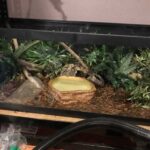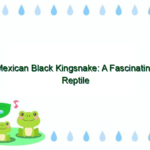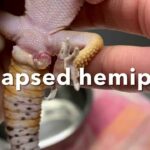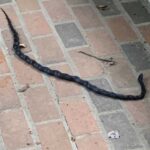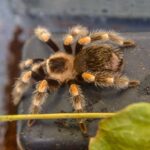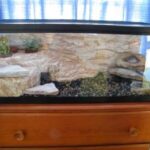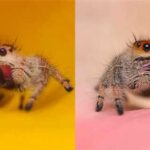Naturalistic Ball Python Enclosure Ideas
Creating a suitable and stimulating environment for your ball python is crucial to its overall health and well-being. One way to achieve this is by setting up a naturalistic enclosure that simulates its natural habitat. A naturalistic terrarium not only adds aesthetic appeal to your reptile’s living space but also provides them with opportunities for exploration, exercise, and enrichment. Creating a Natural Habitat Research the Natural Environment Provide Adequate Space Add Natural Decorations Adding natural … Read More

